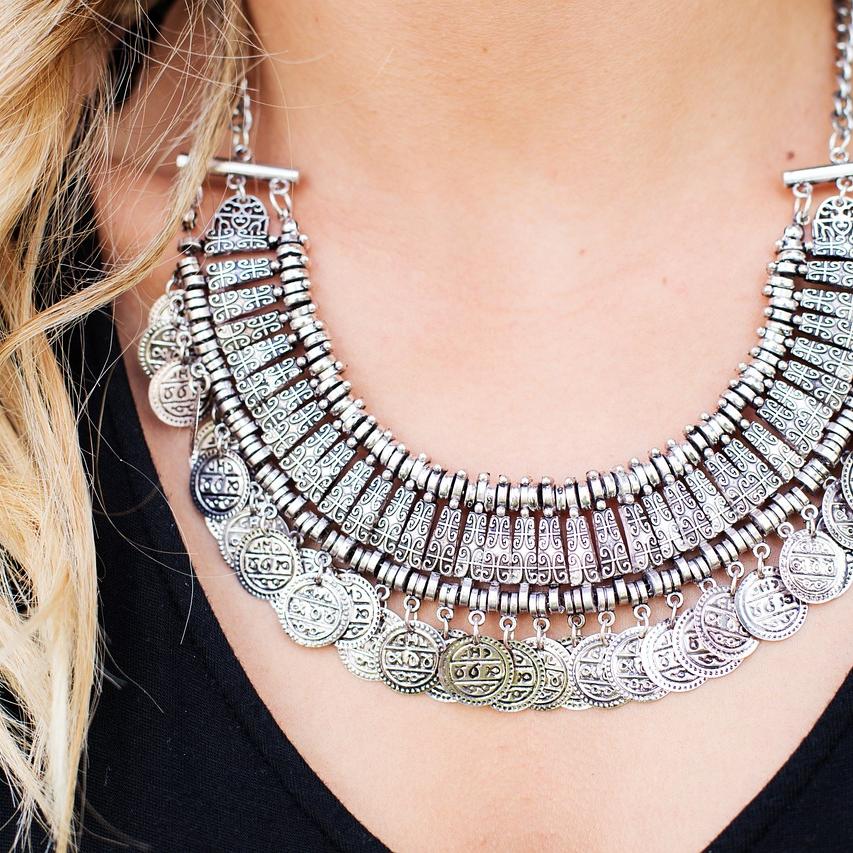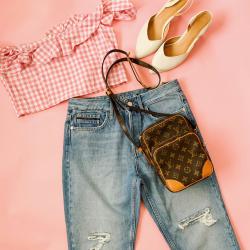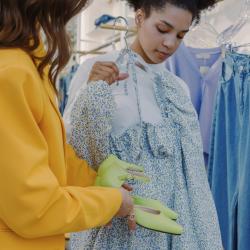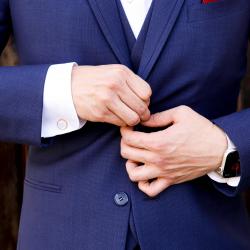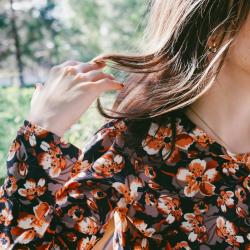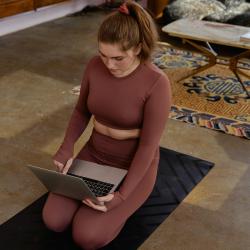How to Accessorize to Elevate Any Outfit
Accessories are the unsung heroes that can effortlessly transform an average ensemble into an extraordinary look. Whether you're dressing up for a formal event or adding flair to your everyday wear, the right accessories can elevate your outfit, showcasing your personal style and boosting your confidence. Here’s how to accessorize effectively to take your ensemble to the next level.
1. Understand the Basics
Before diving into accessory trends, it's crucial to understand the basic types of accessories and the role they play. These include jewelry, hats, scarves, belts, bags, and shoes. Each of these can define your style, add color, and sometimes even become the focal point of your outfit.
2. Less is More
One of the golden rules of accessorizing is maintaining balance. Over-accessorizing can detract from your outfit, while a well-chosen accessory can complement it. Start simple, with one or two statement pieces, and build from there if needed. A bold necklace or a pair of chandelier earrings can speak volumes without overpowering your look.
3. Choose a Focal Point
Decide on a focal point for your outfit. If you're wearing a statement necklace, keep other jewelry minimal to avoid looking cluttered. Alternatively, if you're sporting a bright, attention-grabbing handbag, allow it to take center stage by opting for more subdued clothing.
4. Mix and Match Textures
Playing with different textures can add depth to your look. For instance, pairing a chunky knit scarf with a sleek leather handbag creates a visually appealing contrast. Mixing textures can also add interest to monochromatic outfits, preventing them from becoming too one-dimensional.
5. Color Coordination
Color is crucial in accessorizing. Create harmony by choosing accessories that complement your outfit's color palette. Alternatively, use accessories to introduce a pop of color to a neutral outfit. This technique is effective for drawing attention to specific parts of your ensemble.
6. Occasion Matters
Consider the occasion when selecting accessories. Formal events typically call for more understated, elegant pieces. Think chic clutches, delicate jewelry, and classic pumps. In contrast, casual settings allow for more playful accessories, like colorful tote bags, chunky sneakers, and statement sunglasses.
7. Pay Attention to Proportion
Proportion is key in balancing your look. If you're petite, oversized accessories might overwhelm your frame. Instead, choose accessories in scale with your build. Conversely, if you have a larger frame, tiny accessories might get lost; opt for bolder, more substantial pieces.
8. Stay Authentic
Ultimately, your accessories should reflect your personal style. Don’t feel pressured to follow trends if they don’t resonate with you. Choose pieces that you love and that tell your story. This authenticity will shine through and make you feel more comfortable and confident in your outfit.
9. Keep Materials in Mind
The materials of your accessories can convey different moods and levels of formality. Metals like gold and silver often lend a more formal vibe, while natural materials like wood or fabric can appear more casual. Consider how the material aligns with your overall look and the occasion.
10. Experiment with Layers
Layering isn't just for clothing—it also applies to accessories. Layer necklaces of varying lengths, stack bracelets or rings, or tie a scarf in an unexpected way. The key is to experiment and find combinations that enhance your style, without overdoing it.
Conclusion
Accessorizing is both an art and a science, requiring a balance of creativity and strategic thinking. When done right, accessories have the power to transform your outfit and express your unique sense of style. So next time you're putting together an outfit, give thought to your accessories. With a little experimentation and attention to detail, you'll be able to elevate any ensemble with ease.
